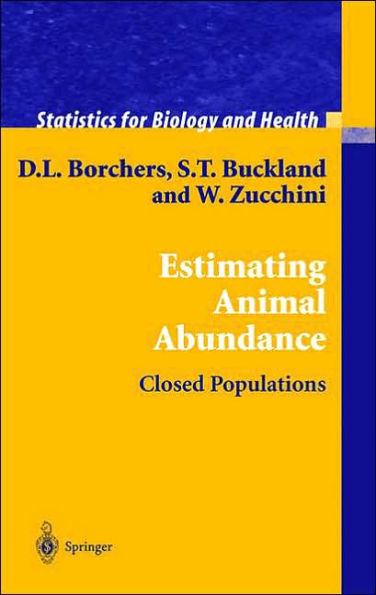5
1
9781852335601



Estimating Animal Abundance: Closed Populations / Edition 1 available in Hardcover, Paperback

Estimating Animal Abundance: Closed Populations / Edition 1
- ISBN-10:
- 1852335602
- ISBN-13:
- 9781852335601
- Pub. Date:
- 08/26/2002
- Publisher:
- Springer London
- ISBN-10:
- 1852335602
- ISBN-13:
- 9781852335601
- Pub. Date:
- 08/26/2002
- Publisher:
- Springer London

Estimating Animal Abundance: Closed Populations / Edition 1
$54.99
Current price is , Original price is $54.99. You
54.99
In Stock

Product Details
| ISBN-13: | 9781852335601 |
|---|---|
| Publisher: | Springer London |
| Publication date: | 08/26/2002 |
| Series: | Statistics for Biology and Health |
| Edition description: | 2002 |
| Pages: | 314 |
| Product dimensions: | 6.10(w) x 9.25(h) x 0.36(d) |
From the B&N Reads Blog
